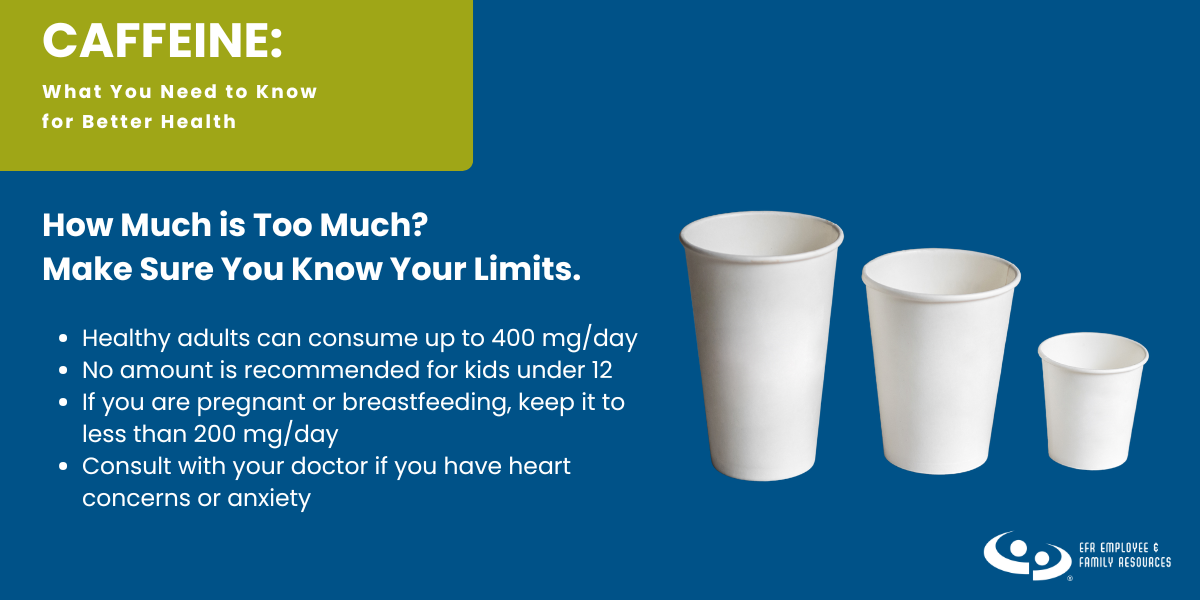The month of September is Suicide Prevention and Awareness Month. Knowing the risk factors and warning signs of suicide, as well as being more aware of your environment, is critical to preventing suicide and saving lives. Pay attention in both your personal and professional lives; you never know what someone may be going through.
Suicide Risk Factors
Risk factors are characteristics that make it more likely someone will consider, attempt, or die by suicide. They cannot cause or predict a suicide attempt, but they are important to be aware of.
Risk factors include:
- Mental disorders, particularly mood disorders, schizophrenia, anxiety disorders
- Alcohol and other substance use disorders
- Hopelessness
- Impulsive and/or aggressive tendencies
- History of trauma or abuse
- Major physical illnesses
- Previous suicide attempt(s)
- Family history of suicide
- Job or financial loss
- Loss of relationships
- Easy access to lethal means
- Local clusters of suicide
- Lack of social support and sense of isolation
- Stigma associated with asking for help
- Lack of healthcare, especially mental health and substance abuse treatment
- Cultural and religious beliefs, such as the belief that suicide is a noble resolution of a personal dilemma
- Exposure to others who have died by suicide (in real life or via the media and Internet)
Suicide Warning Signs
Some warning signs may help you determine if a loved one is at risk for suicide, especially if the behavior is new, has increased, or seems related to a painful event, loss, or change.
Warning signs include:
- Talking about wanting to die or kill themselves
- Looking for a way to kill themselves, like searching online or buying a gun
- Talking about feeling hopeless or having no reason to live
- Expressing feelings of being trapped or in unbearable pain
- Talking about being a burden to others
- Increasing the use of alcohol or drugs
- Acting anxious or agitated; behaving recklessly
- Sleeping too little or too much
- Withdrawing or isolating themselves
- Showing rage or talking about seeking revenge
- Extreme mood swings
Important: If someone you know is in crisis, call 911 immediately. If someone you know is at risk for suicide, call the Suicide Prevention Hotline: 1-800-273-8255.
Adapted from suicidepreventionlifeline.org







